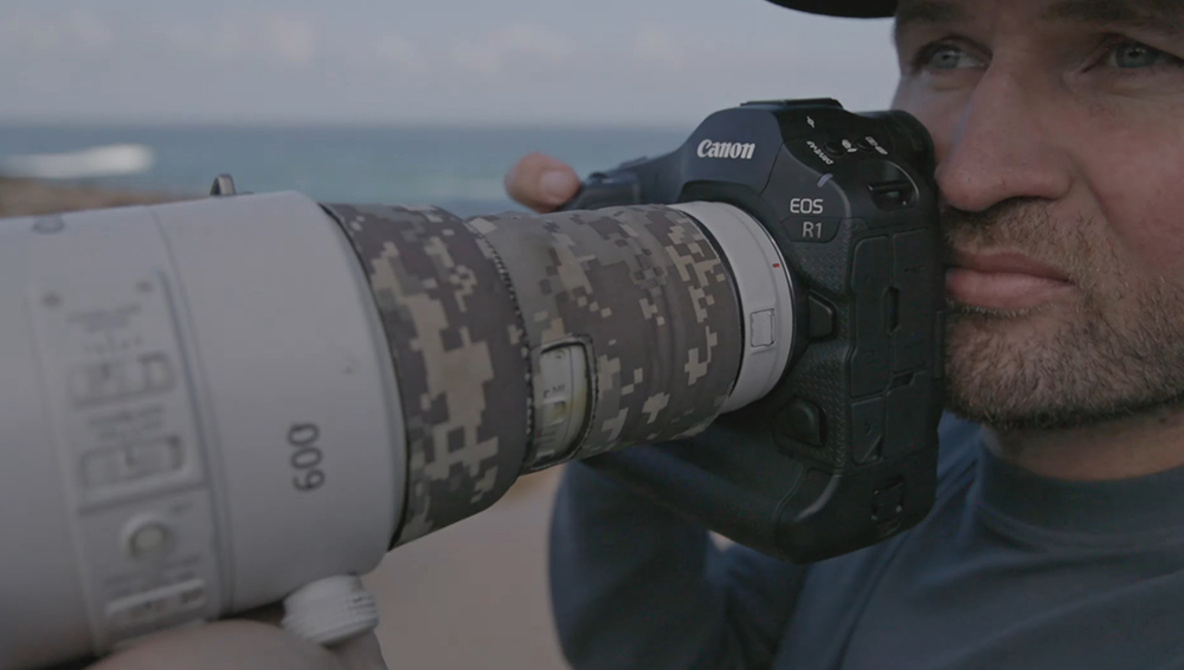
When you’re shooting fast-paced wildlife or demanding sports, the right camera can make all the difference. Canon’s new EOS R1 aims to be that difference, equipped to handle action photography, where timing, speed, and image quality are key.
Coming to you from Jan Wegener, this comprehensive video takes an honest look at the EOS R1’s performance in the field. The Canon EOS R1 is a bit heavier than other cameras, but it feels stable and well-balanced in hand. Its design includes the same battery used in Canon’s 1DX Mark III and R3, making battery compatibility easier for users with these models. The R1’s body is durable, with thoughtful updates like a new locking mechanism on the card door, ensuring it won’t open accidentally during a shoot. The camera’s standout feature, however, is its massive 9.44-million-dot electronic viewfinder (EVF). This EVF provides a clear, uninterrupted view without blackouts, even when using the electronic shutter, giving you a better visual experience than most other Canon models.
The EOS R1 also brings impressive advancements in autofocus, which makes it easier to lock onto and track subjects in various lighting conditions. For photographers dealing with unpredictable wildlife movements, this feature provides smoother, more consistent focusing. Even in challenging situations, like tracking a bird in motion against a complex background, the R1 performs well, and the new AF-on button has two stages, allowing customization between half and full-press actions. You can, for example, set it to start autofocus with a half-press and increase to a high-speed 40 frames per second (fps) burst with a full-press, making it easier to capture rapid movement without needing multiple buttons.
One of the video’s highlights is Wegener’s breakdown of the R1’s speed. With pre-shooting mode, the R1 can capture half a second of images before the shutter button is fully pressed, reducing the risk of missing critical moments. However, this feature does have an impact on buffer space, which may be a concern when shooting continuously. While the R1’s buffer can handle up to 200 full-resolution raw shots, Wegener explains that frequent bursts can fill it quickly. Canon’s hard stop on the buffer means that once it’s full, shooting halts momentarily, a limitation Wegener notes could impact performance during intense action scenes.
Wegener also explores the R1’s video capabilities, which include 4K at 120 fps and 6K raw recording. The in-body stabilization (IBIS) paired with the RF lenses provides a notably steady image, enabling smoother handheld video. While not a replacement for traditional video setups, the R1’s IBIS offers an edge for quick, on-the-go shots. This makes it an excellent option for photographers who also shoot video, giving flexibility without sacrificing image stability. Check out the video above for the full rundown from Wegener.




